-
Contributing Member


New site and new WW2 relics - What a day!
Hi All
On Sunday I went back to my first love.......Metal detecting for WW2 relics 
A long story made as short as I can.......
I saw a guy post on my home town FB page, advertising a display he was going to put on at a local museum, of stuff recovered by him and his club from a local site, (medieval and Roman coins etc..). I contacted him as I knew the site had a WW2 history as well, asking if he had found any military bits. He had, but he wasn't sure what they were so I duly turned up when he was putting his display on and IDd all his WW2 bits for him. On the back of that I was asked to do a talk at one of his club meetings, and he also promised to contact me when the 'military' area of the site had been harvested.
Spin forward 2 months and today I went along to his club dig at the site. I was a bit surprised when I got there as there were far more people than I imagined, with about 20 people participating in the dig on three large fields. Dotted around the fields were buckets, into which the detectorists chucked their trash. As none were interested in WW2, all the stuff I was after went into the trash buckets. A quick check with the group leader and he confirmed I could take whatever I wanted from the buckets! So, I found quite a few nice bits myself, but basically had 20 other people collecting for me!!
One area was particularly lucrative as it appears there had been an ammo dump go up, or possibly they were clearing stuff at the end of the war and deliberately blew up shells and mines. Whatever the reason, the spot was full of chunks of large calibre shell cases as well as the bottoms off 40mm shell cases........along with lots of other stuff!! Pictures below......
Everything I came home with......
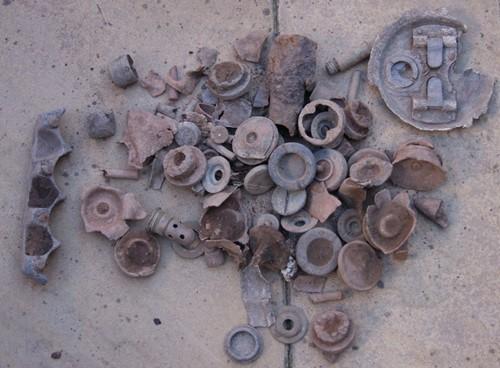
40mm charger clip and the bases of 40mm cartridge cases
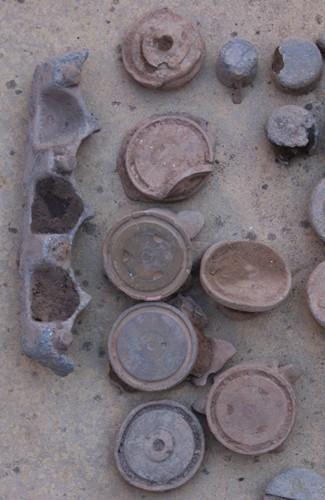
British Mk V anti-tank mine fuzes. They needed a pressure of 250lb (ish) to break the sheer wire and hence set off the mine.
Mk V anti-tank mine fuzes. They needed a pressure of 250lb (ish) to break the sheer wire and hence set off the mine.
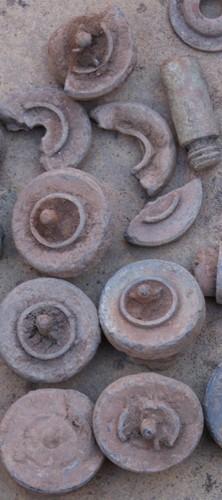
2 inch mortar bits
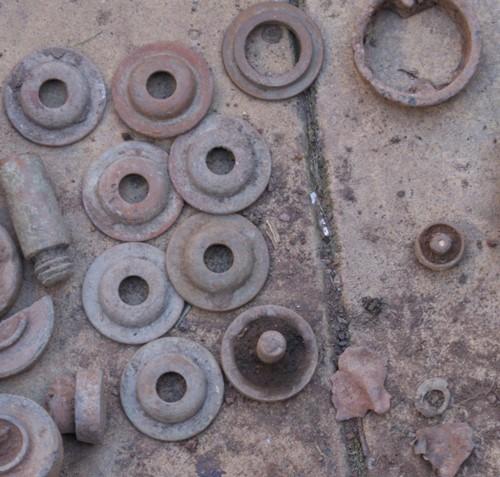
Top right a launcher cartridge off a spigot mortar. Below that, lots of chunks of shell casing. Right middle chunks of drive band off large calibre shells, none of which have rifling marks, so they have come off unfired shells. Bottom left, 303s......(no site would be complete without them!)
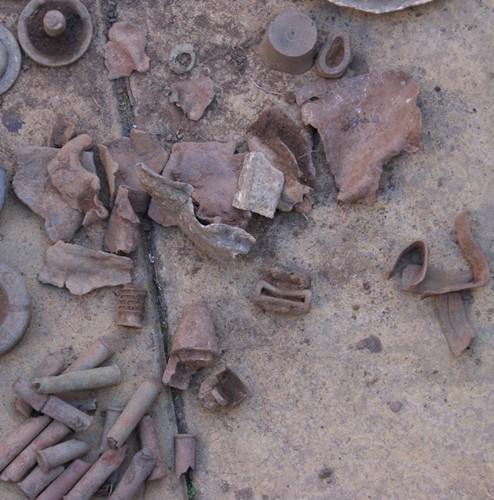
A cap off something. Can't track it down as yet.......
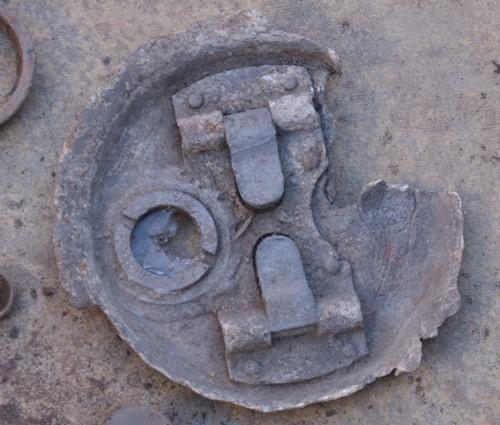
Artillery shell booster and a transport cap
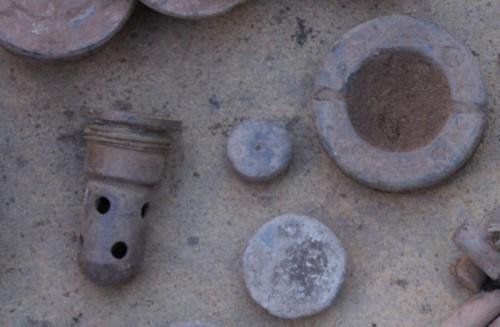
Transport caps of 2 inch mortars and the bottom portion of a couple of 20mm Oerlikon cartridges.
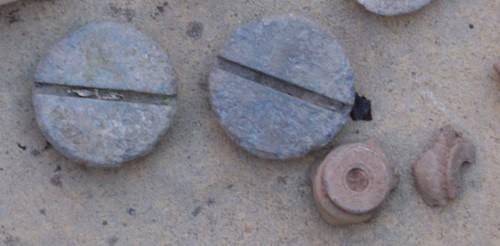
Cleaned clip for the 40mm Bofors shells
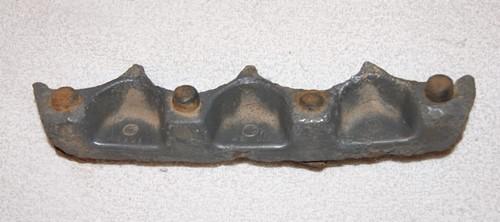
Just in case you were in any doubt, markings on the clip.......
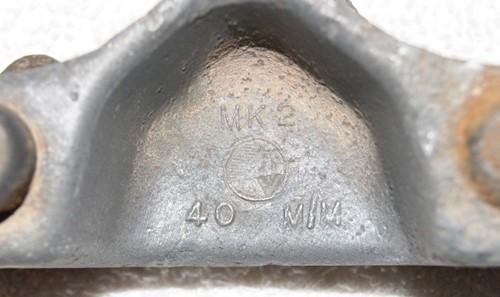
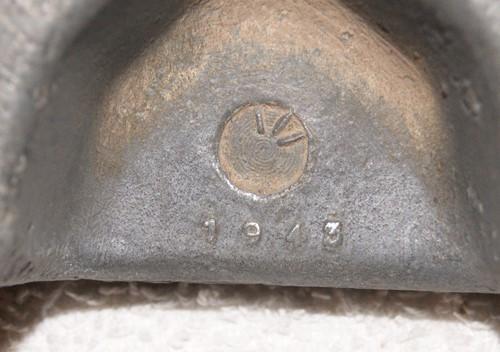
And a picture of a clip with shells in place, so you can see what it looks like....
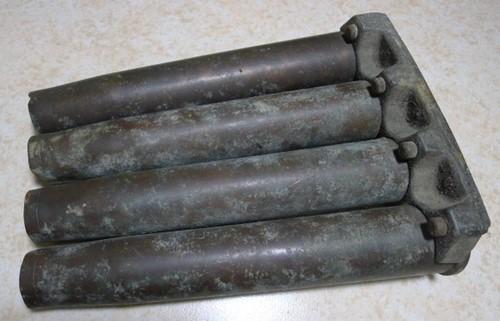
Bottom of 40mm Bofors shells
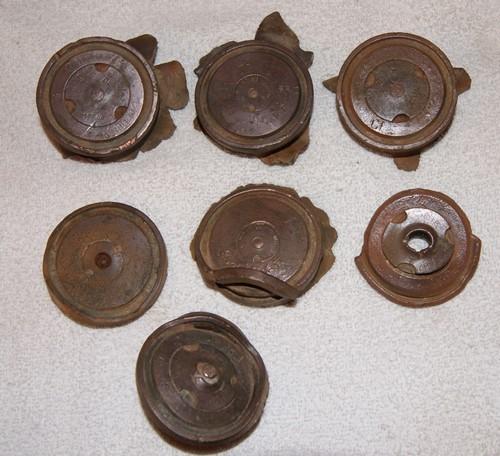
Markings on the base were very similar.....
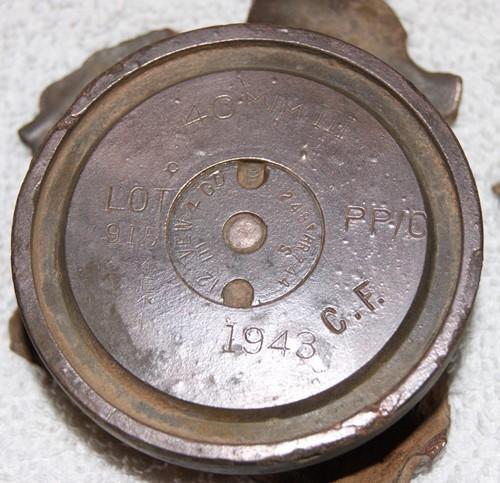
No 152 fuze (3 inch mortar) and No 217 fuze safety caps
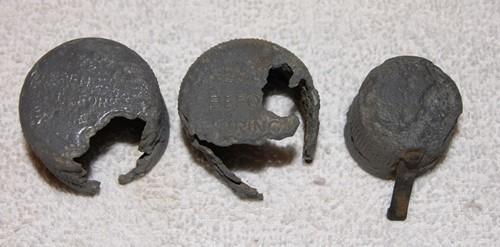
Cleaned booster from a large calibre artillery shell
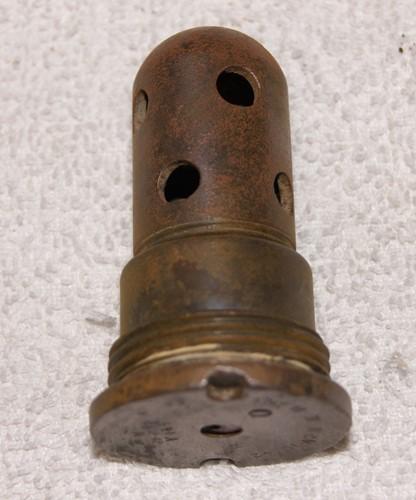
Markings on the booster..........
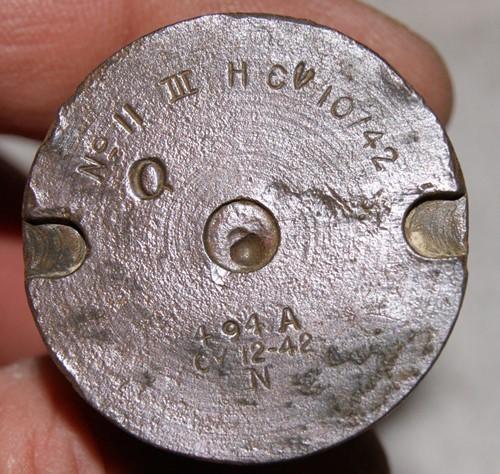
Transport caps.......

Fuzes from Mk V British anti-tank mines....
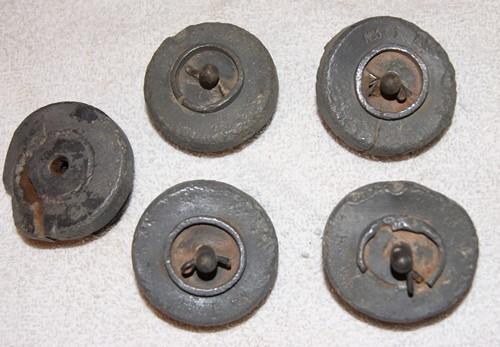
Markings on the fuzes.............
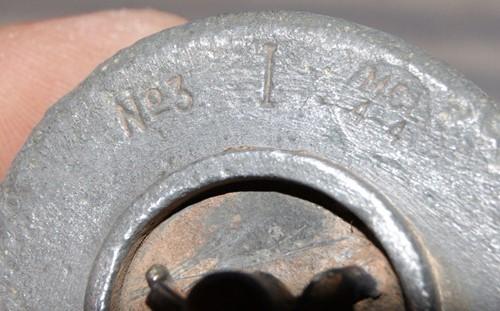
Fuzes shown in place on a sectioned mine
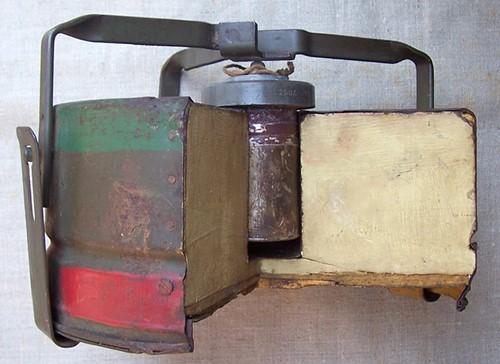
Can't track this little bugger down....
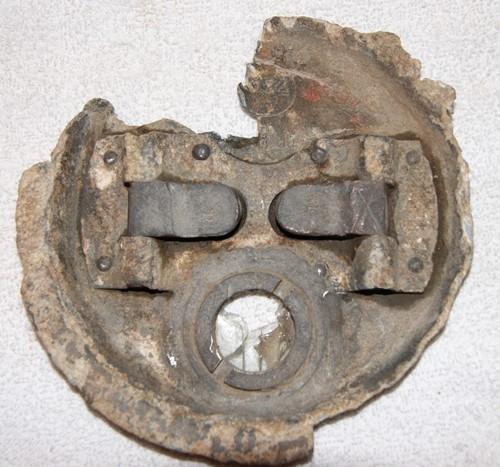
But I will !!
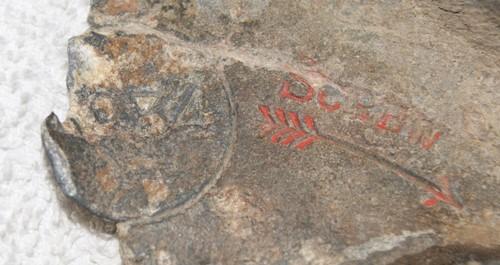
Hope you like the finds 
RRPG
Information
 |
Warning: This is a relatively older thread
This discussion is older than 360 days. Some information contained in it may no longer be current. |
|
-
The Following 5 Members Say Thank You to RRPG For This Useful Post:
-
09-28-2015 12:53 PM
# ADS
Friends and Sponsors

-
Legacy Member

Does the "C.F." on the 40mm case end stand for Canadian Forces or something else?
Forces or something else?
-
-
Contributing Member


CF = Charge loaded with cordite / Full charge
-
Thank You to RRPG For This Useful Post:
-
Deceased January 15th, 2016

The sectioned mine is anti-tank. We had one in our unit's collection back in the 60s/70s but I can't remember what it is. French comes to mind but don't quote me.
comes to mind but don't quote me.
-
Contributing Member


-
-
Advisory Panel



Originally Posted by
Flying10uk

Does the "C.F." on the 40mm case end stand for
Canadian
Forces
Canadian Forces didn't exist then. That was after tri service was (dis)organized...(Just an added tidbit)
Looks like the bottom of the 40mm rounds show they were burned to explosion... The base you can't figure out is from another transit case for large ammo I think. Arty for instance, tank ammo...
-
Thank You to browningautorifle For This Useful Post:
-
Contributing Member


Don't you ever worry about setting something off on one of these digs? I realize they are old but who knows what you might drive your shovel into.
-
-
Contributing Member


Thanks BAR....I'll search based on your suggestion and let you know.
Aragorn - Not really. I've been doing it for more than 20 years so always dig wide holes, working towards a target rather than digging right on it. 'Normal' metal detectorists laugh at the holes I dig, but I'd rather be safe. I also live by the following saying.....'When uncovering a relic, if you are not 100% sure, (and I mean 100%, not 90 or 95%), that it is safe, STOP digging and alert the authorities'. 
-
-
Deceased January 15th, 2016


Originally Posted by
RRPG

Are you saying that it is British because I still can't figure that out from the text?
because I still can't figure that out from the text?
-
Contributing Member


-
Mk V anti-tank mine fuzes. They needed a pressure of 250lb (ish) to break the sheer wire and hence set off the mine.








































 PM
PM









